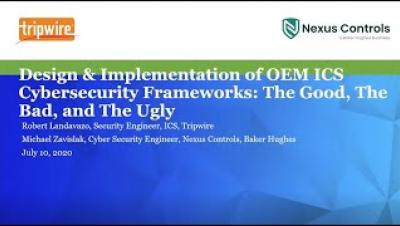Cybersecurity Baseline for IoT Device Manufacturers
The pervasive impact of Internet of Things (IoT) devices on our lives is greater than that of traditional IT devices. There are several unknowns in IoT security, and it raises concerns for customers who are looking to incorporate IoT devices in their existing infrastructure. Fortunately, security by design can resolve some of the major root causes of the underlying vulnerabilities in these connected devices.



